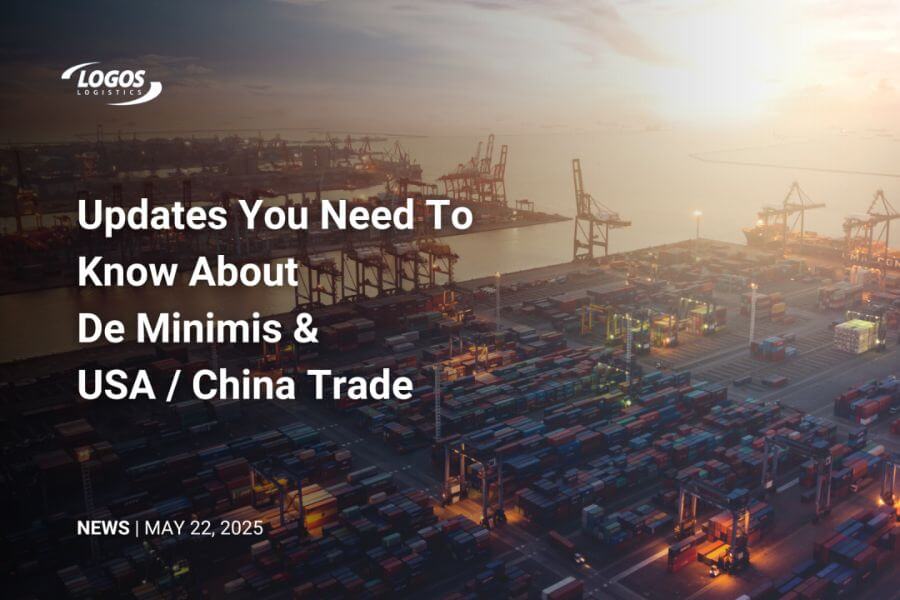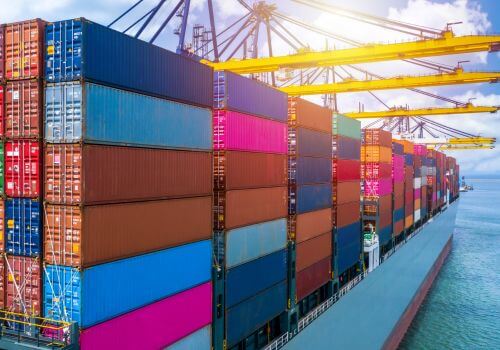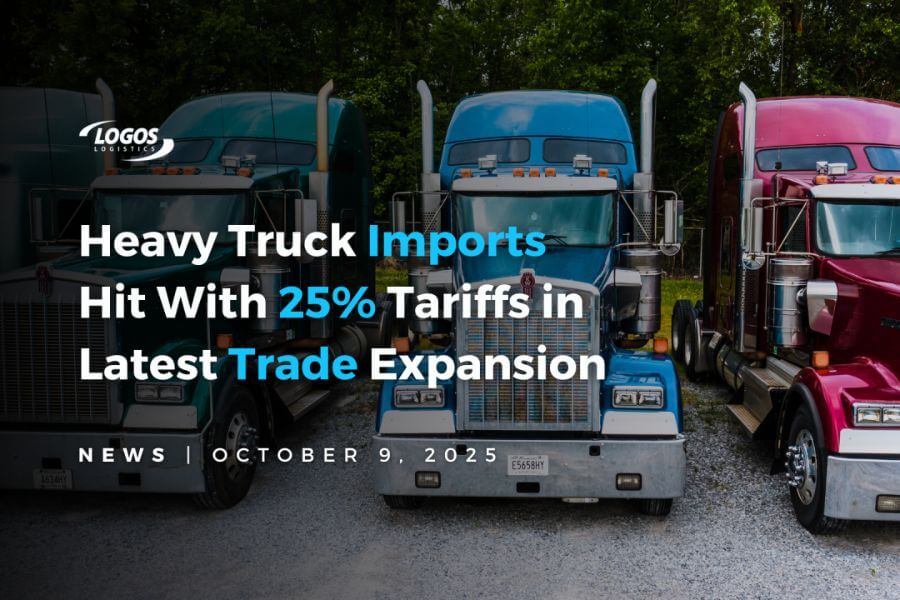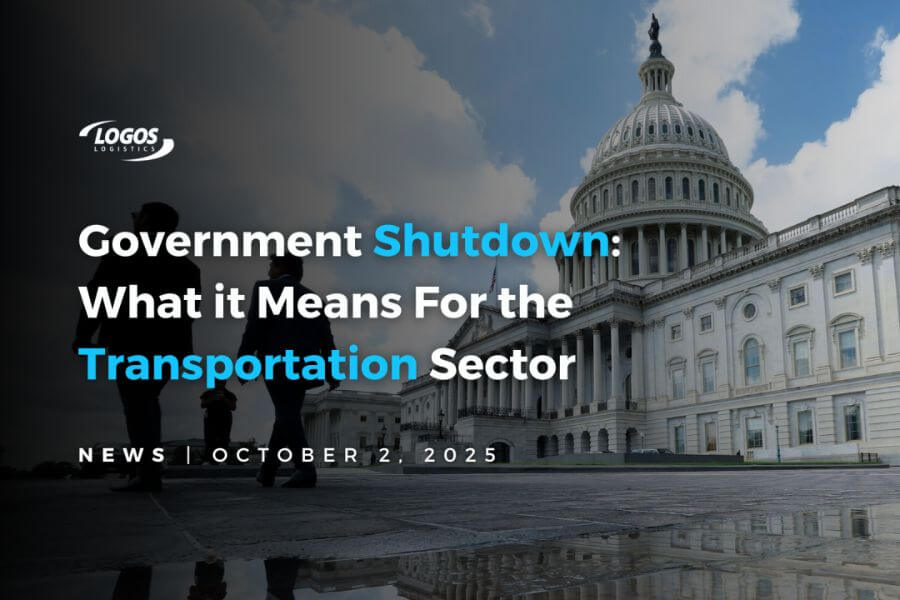The United States has announced a significant reduction in tariffs on low-value shipments from China, aiming to ease tensions in the ongoing trade dispute between the two nations. Effective May 14, 2025, the “de minimis” tariff for direct-to-consumer postal shipments valued up to $800 will decrease from 120% to 54%, as per a recent executive order signed by President Donald Trump. This move provides some relief to major Chinese e-commerce platforms like Shein and Temu, which have been heavily impacted by the previous high tariffs.
For packages handled by commercial delivery services such as UPS, FedEx, and DHL, the tariff rate has been reduced from 145% to 30%. This 30% rate comprises a 10% reciprocal tariff and an additional 20% duty related to the U.S. fentanyl crisis. The planned increase of the flat fee per postal package from $100 to $200, scheduled for June 1, has been canceled. However, the $100 fee remains in effect, providing an effective rate of 12.5% for packages valued at $800.
These adjustments follow a 90-day agreement between the U.S. and China to pause most of the reciprocal tariffs imposed since early April. While the joint statement did not specifically mention the de minimis duties, the executive order outlines the changes in detail. The White House and the U.S. Trade Representative’s office have not provided immediate clarification on the matter.
Trade Representative Jamieson Greer indicated that the 10% global duty rate is likely to remain to support the rebuilding of the U.S. manufacturing base. Commercial shippers typically collect duties from Chinese sellers before shipment, whereas the U.S. Postal Service lacks the infrastructure to handle tariff collections, leading to most Shein and Temu shipments being managed by commercial carriers.
Despite the reductions, many Chinese consumer goods will still face higher duties under previous trade actions or national security investigations. For instance, syringes and surgical gloves are subject to 100% duties under a U.S. Section 301 trade action. However, if these items are shipped by a postal carrier in quantities valued under $800, they may only incur a $100 fee.
In February, President Trump ended the de minimis exemption for Chinese shipments, citing concerns over the influx of goods from Chinese e-commerce firms and the trafficking of fentanyl. The volume of shipments entering the U.S. through the tax-free channel had surged, with over 90% of all packages coming via de minimis, and about 60% originating from China. The average value of a de minimis shipment in fiscal year 2023 was just $54.
Chinese online retailers Shein and Temu, along with U.S. rival Amazon, have not responded to requests for comment. China exported $240 billion in direct-to-consumer goods benefiting from de minimis worldwide last year, accounting for 7% of its overseas sales and contributing 1.3% to its GDP. Jianlong Hu, CEO of Brands Factory, noted that while a 54% tariff is still high, sellers are likely adopting a wait-and-see approach. He added that Shein, which relies on rapid delivery of new styles, might prefer to pay the 54% tariff for air freight to maintain quick shipping times.
In related developments, importers are increasingly converting U.S. warehouses into bonded facilities to delay duty payments until merchandise is sold, a strategy aimed at managing cash flow amid unpredictable trade policies. The demand for bonded warehouses has surged, leading to increased rental costs and significant delays in the approval process due to a backlog in applications with U.S. Customs and Border Protection. While large logistics firms are investing in new bonded facilities, others remain cautious, concerned that changes in tariff policy could render the investment unprofitable.
Additionally, twelve U.S. states have filed a lawsuit challenging President Trump’s broad tariffs on imported goods, arguing that he exceeded his authority and caused economic instability. The legal challenge claims that the trade deficit does not qualify as the “unusual and extraordinary threat” required to invoke emergency powers under the 1977 International Emergency Economic Powers Act. The case is currently under review by a three-judge panel of the U.S. Court of International Trade in New York and is expected to reach the Supreme Court.
Retailers are also expressing concerns about the financial pressure from tariffs on Chinese imports, even after recent reductions. A footwear trade group highlighted that small increases in tariff costs for items like children’s shoes could result in significant price hikes, forcing retailers to either pass costs to consumers or risk financial insolvency. This situation could lead to layoffs and reduced product availability, especially during the back-to-school shopping season. Top economic officials warn that these tariffs could soon drive up inflation as pre-tariff inventories are depleted.
Furthermore, numerous Chinese exporters have reportedly found methods to evade U.S. tariffs by using shell companies that undervalue merchandise and alter labels to reduce customs payments. These fraudulent practices have become widespread, with services even advertised on Chinese social media platforms. Experts warn that U.S. companies benefiting from these schemes may face legal risks, especially if discrepancies in pricing are discovered. According to a study by Goldman Sachs, such evasions could have cost the U.S. Treasury between $110 billion and $130 billion.
These developments underscore the complexities and far-reaching implications of the ongoing trade policies between the U.S. and China, affecting various sectors and prompting legal, economic, and logistical challenges.











